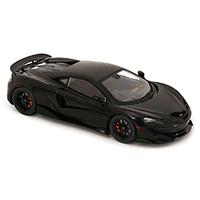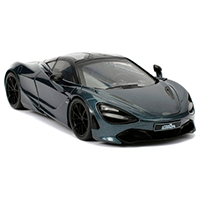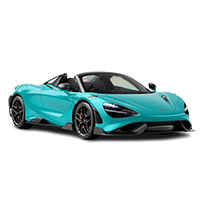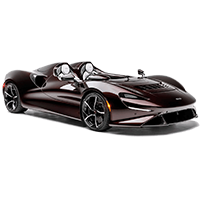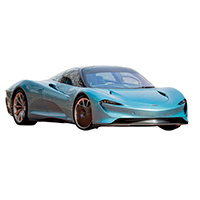
Catalog / McLaren
McLaren: Engineering Excellence from Track to Street
McLaren, a name synonymous with Formula 1 racing and high-performance supercars, has a rich history dating back to 1963. Founded by New Zealand-born Bruce McLaren, the company's journey began on the racetrack, where it quickly established itself as a formidable force in motorsports.
Bruce McLaren's innovative spirit and engineering prowess led to numerous victories in various racing series, including Can-Am, Indianapolis 500, and Formula 1. The team's first Formula 1 victory came in 1968 at the Belgian Grand Prix, marking the beginning of a legacy that would see McLaren become one of the most successful teams in F1 history.
Tragically, Bruce McLaren lost his life in a testing accident in 1970, but his vision lived on. Under the leadership of Teddy Mayer and later Ron Dennis, McLaren continued to dominate in motorsports. The 1980s and 1990s saw the team achieve unprecedented success in Formula 1, with legendary drivers like Niki Lauda, Alain Prost, Ayrton Senna, and Mika Häkkinen securing multiple world championships.
In 1992, McLaren made a pivotal move into road car production with the revolutionary McLaren F1. Designed by Gordon Murray, the F1 set new standards for supercar performance and technology. It held the record for the world's fastest production car for many years, cementing McLaren's reputation for engineering excellence beyond the racetrack.
Following the success of the F1, McLaren took a hiatus from road car production until 2011, when it launched McLaren Automotive as a separate company. The MP4-12C, later renamed the 12C, marked the beginning of a new era for McLaren as a dedicated supercar manufacturer.
Since then, McLaren has introduced a range of high-performance models, organized into distinct series:
- Sports Series: Entry-level models like the 570S and 600LT
- Super Series: Core supercar models including the 720S and 765LT
- Ultimate Series: Limited edition hypercars such as the P1, Senna, and Speedtail
McLaren's commitment to innovation is evident in its extensive use of carbon fiber, advanced aerodynamics, and hybrid technology. The P1, launched in 2013, was one of the first hybrid hypercars, showcasing McLaren's ability to transfer racing technology to road cars.
Today, McLaren continues to push the boundaries of automotive engineering, with a focus on lightweight construction, electrification, and cutting-edge performance. The company's dedication to Bruce McLaren's original vision of creating the ultimate driving machines remains unwavering, as it continues to produce some of the most exciting and technologically advanced supercars in the world.





